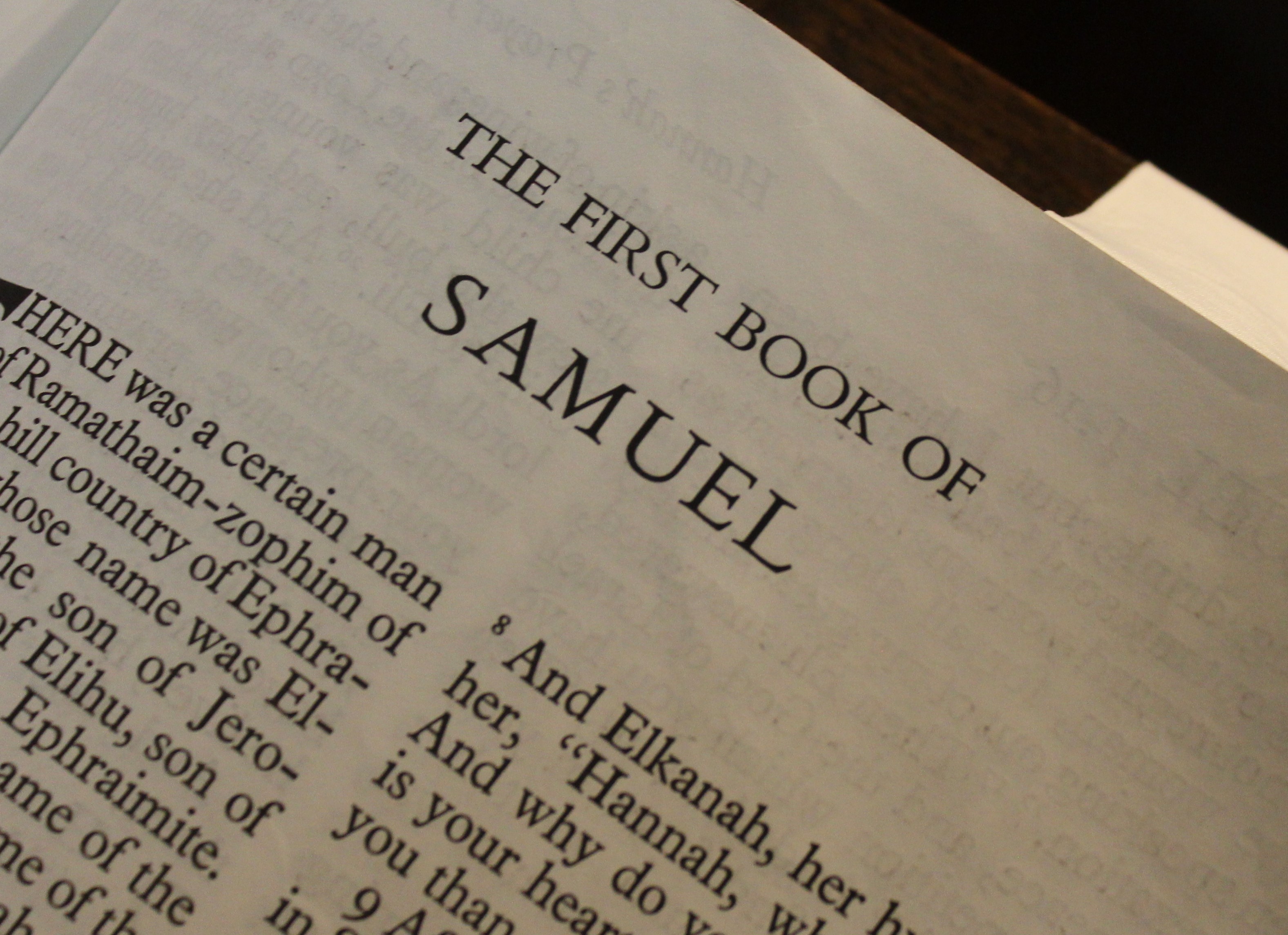
Paul Hardingham continues his new series.
What’s the Big Idea? An Introduction to the Books of the Old Testament:
1 and 2 Samuel.
1 and 2 Samuel was originally a single work, which focuses on Samuel, Saul and David, around 1,000 BC, mid-way between Abraham and Jesus. It was Samuel who established the monarchy in Israel after the period of the judges. He was commanded by God to give the people a king, although their request is seen as a rejection of God’s rule over Israel (8:7).
The people simply wanted to be like other nations, however their king was still subject to God’s law and the word of the prophet. Although Samuel anointed Saul, he soon showed an unwillingness to submit to these requirements, leading to his rejection as king (15:23). God chose David as Saul’s successor, and 1 Samuel depicts David’s years of waiting until the right time arrived to claim the throne.
2 Samuel depicts David’s rule, in which the nation prospers and its enemies are defeated. The promise of the perfect king is fulfilled in Jesus Himself, as David’s descendant. The second half of the book depicts the darker side of David’s reign, describing his weaknesses and failures, including his adultery with Bathsheba and the rebellion of his son Absalom.
Nevertheless, David remained a man after God’s own heart: ‘The LORD does not look at the things man looks at. Man looks at the outward appearance, but the LORD looks at the heart.’ (1 Samuel 16:7). The characters in this book are not always great examples of faith, however, ‘They do not show us how we should live but how in fact we do live, authenticating the reality of our daily experience as the stuff that God uses to work his purposes of salvation in us and in the world.’ (Eugene Peterson).
__________________________________________________
Prospect of winter energy bills causing anxiety for millions, says Archbishop of York
Millions are looking ahead to this winter with ‘fear and anxiety’ about the cost of heating their homes, the Archbishop of York has said as he backed the recent launch of a campaign to provide a network of warm spaces for people who struggle to pay their energy bills.
Archbishop Stephen Cottrell is encouraging churches to consider getting involved in the Warm Welcome campaign, a network of venues from community centres to churches providing warm spaces over the winter for people struggling to heat their homes
.
Archbishop Stephen said: “Sadly, what began as a cost-of-living crisis has simply become the new normal for many.
“Millions of people will look ahead to this winter with fear and anxiety, wondering how they are going to cope with high living costs. That is why I am proud to endorse the Warm Welcome campaign this winter.
“But a warm welcome isn’t only about the temperature. It is about kindness and community, giving people the chance to be seen and known, to belong and to be part of something. It is about celebrating the God-given value and dignity of every single person, finding hope and community together. But of course, none of that will happen if people are cold.”
The Warm Welcome campaign is led by a coalition of over 50 charitable organisations who joined together in response to the cost of living crisis to provide emergency support to communities struggling to pay for rising food costs and to heat their homes.
_____________________________________________________________
Click to edit text. What do visitors to your website need to know about you and your business?

The mysterious ways of mistletoe
Mistletoe has long been used as part of our Christmas decorations. It is not your usual kind of plant.
Instead, it is hemiparasitic, meaning that although its leaves enable it to feed itself through photosynthesis, its roots invade the host tree or shrub to extract water and other nutrients
.
Mistletoe loves living in apple, lime, hawthorn, poplar or oak trees. You may spot it high up, as a large globe, on the bare trees in winter. There is one spectacular example in Windsor Great Park, clearly visible from the path on the opposite side of the Thames
.
Mistletoe’s berries are almost translucent, fleshy and sticky. They form in the forks of mistletoe’s many branches. While they are toxic to humans, they are attractive to birds, who wipe the remaining seeds off their beaks onto the nearest branch, which of course helps the plant to spread.
For some reason, Romans thought mistletoe represented Peace, Love and Understanding. Perhaps that is how it got into our Christmas celebrations? The earliest documentary evidence for kissing under mistletoe dates from the 16th century, but we don’t know who got kissed first.
_____________________________________________________________

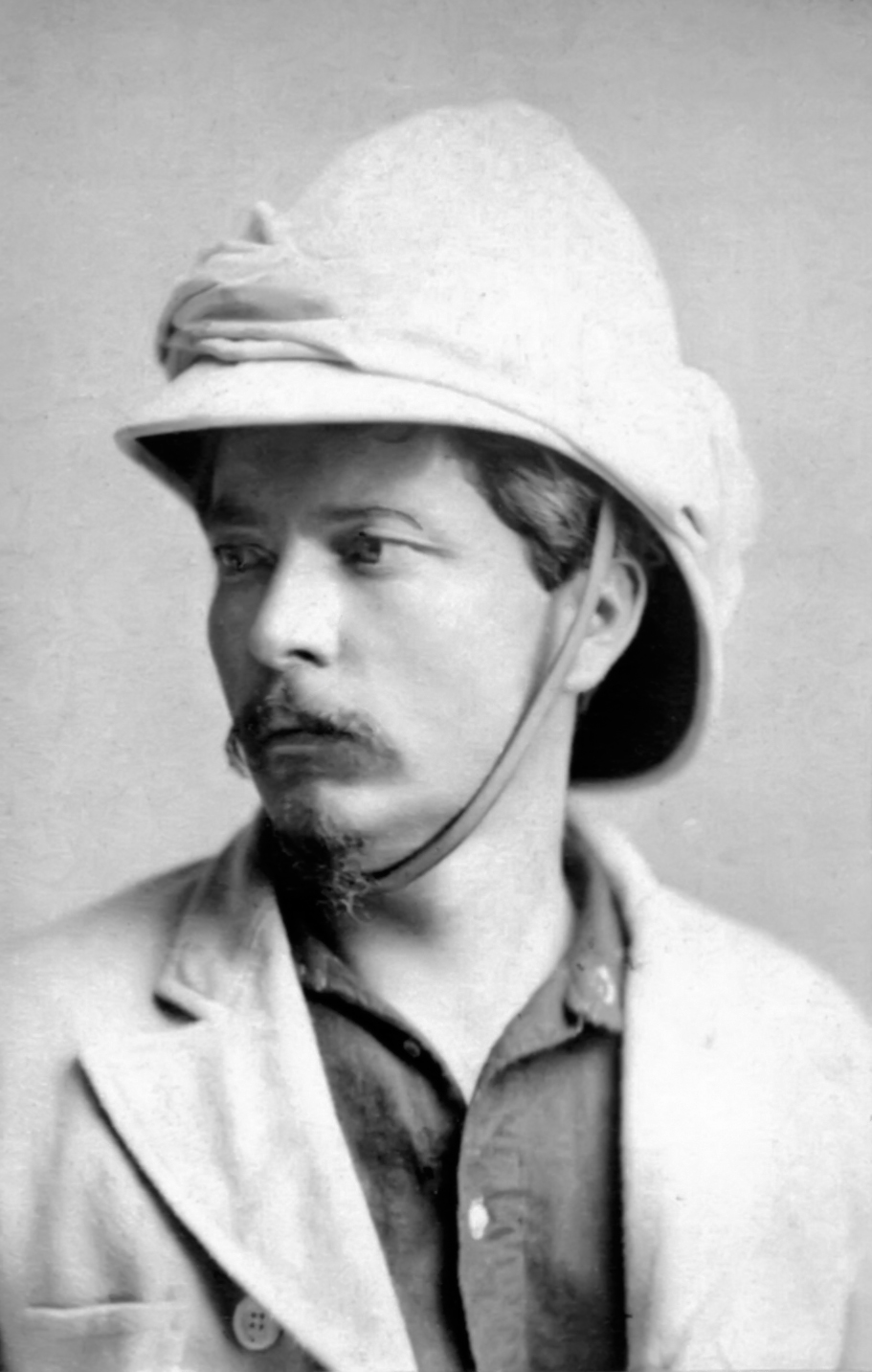
Doctor Livingstone, I presume?
It was 150 years ago, on 10th November 1871, that Welsh journalist and explorer Henry Morton Stanley located the missing missionary Dr David Livingstone near Lake Tanganyika, in present-day Tanzania. He may or may not have greeted him with the words: “Doctor Livingstone, I presume?”
Stanley’s real name was John Rowlands. He was born in Denbigh to an unmarried 18-year-old who abandoned him. He ended up in a workhouse until he was 15, then went to America, where he changed his name and became an American citizen. When he found Livingstone, he was working for the New York Herald.
Known for his strength of will, Stanley also had an African name – Bula Matari – Breaker of Rocks. Much of his life was spent in Central Africa, and his reputation was mixed: he was said by some to be violent toward Africans, but by others to have treated them well. His feats as an explorer were impressive: he played a big part in locating the true source of both the Nile and the Congo, and he helped open up the Congo on behalf of King Leopold of Belgium.
Though not overtly religious, he felt he was engaged in a “sacred task”. He was re-naturalised a British subject in 1892, following his marriage.
_______________________________________________________________
All in the month of March
It was:
300 years ago, on 8th March 1723 that Sir Christopher Wren, English architect, died. Best known for designing St Paul’s Cathedral.
125 years ago, on 16th March 1898 that Aubrey Beardsley, British illustrator, died. His black ink drawings, influenced by Japanese woodcuts, contributed to the development of Art Nouveau.
100 years ago, on 4th March 1923 that Patrick Moore, the amateur astronomer, TV presenter, writer and musician was born. Best known for presenting the TV astronomy show The Sky at Night for over 50 years. (Died 2012)
80 years ago, on 13th March 1943 that the final liquidation of Krakow Ghetto in Poland took place. 8,000 Jews were transported to Plaszow labour camp, 2000 more were simply killed in the streets, and the rest were sent to Auschwitz.
70 years ago, on 19th March 1953 that the Academy Awards ceremony (the Oscars) were televised for the first time.
Also 70 years ago, on 26th March 1953 that Dr Jonas Salk announced that he had completed the first small-scale test of a polio vaccine. Larger tests began in February 1954, and mass vaccinations began in April 1955.
65 years ago, on 2nd March 1958 that the first land crossing of Antarctica was completed by the Commonwealth Trans-Antarctic Expedition, led by Vivian Fuchs. The team of 12 men travelled 2,158 miles from Shackleton Base to Scott Base (via the South Pole) in 99 days, using six vehicles.
60 years ago, on 22nd March 1963 that the British Secretary of State for War, John Profumo, made a statement in the House of Commons in which he denied there was any impropriety in his relationship with Christine Keeler, a model who was also in a sexual relationship with a drug dealer and a Soviet naval attaché. (In June he admitted he had lied, and resigned.)
50 years ago, on 8th March 1973 that the citizens of Northern Ireland voted in a referendum to remain within the United Kingdom. That same day the IRA carried out its first bombing in Britain since WWII, planting car bombs in London. One person died, 200 were injured.
40 years ago, on 6th March 1983 that Donald Maclean, British-born Soviet spy died. He was a member of the Cambridge Spy Ring.
Also 40 years ago, on 26th March 1983, that Anthony Blunt, British art historian and Soviet spy, died.
25 years ago, on 16th March 1998 that Rwanda began mass trials for the country’s 1994 genocide. There were 125,000 suspects for 500,000 murders.
20 years ago, on 1st March 2003 that Khalid Sheikh Mohammed, the al-Qaeda terrorist who masterminded the 9/11 attacks on the USA, was captured in Pakistan.
Also 20 years ago, on 12th March 2003 that the World Health Organisation issued a global alert about a severe form of pneumonia (now known as Severe Acute Respiratory Syndrome – SARS) that was affecting people in China, Hong Kong and Vietnam.
_________________________________________________________________
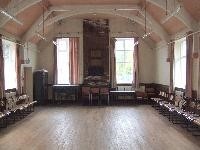
Isherwood Hall. (The original hall)
Tables and chairs are available.


 Click to edit block quote. What quote or client recommendation really sums up your business?
Click to edit block quote. What quote or client recommendation really sums up your business? 
Our Location
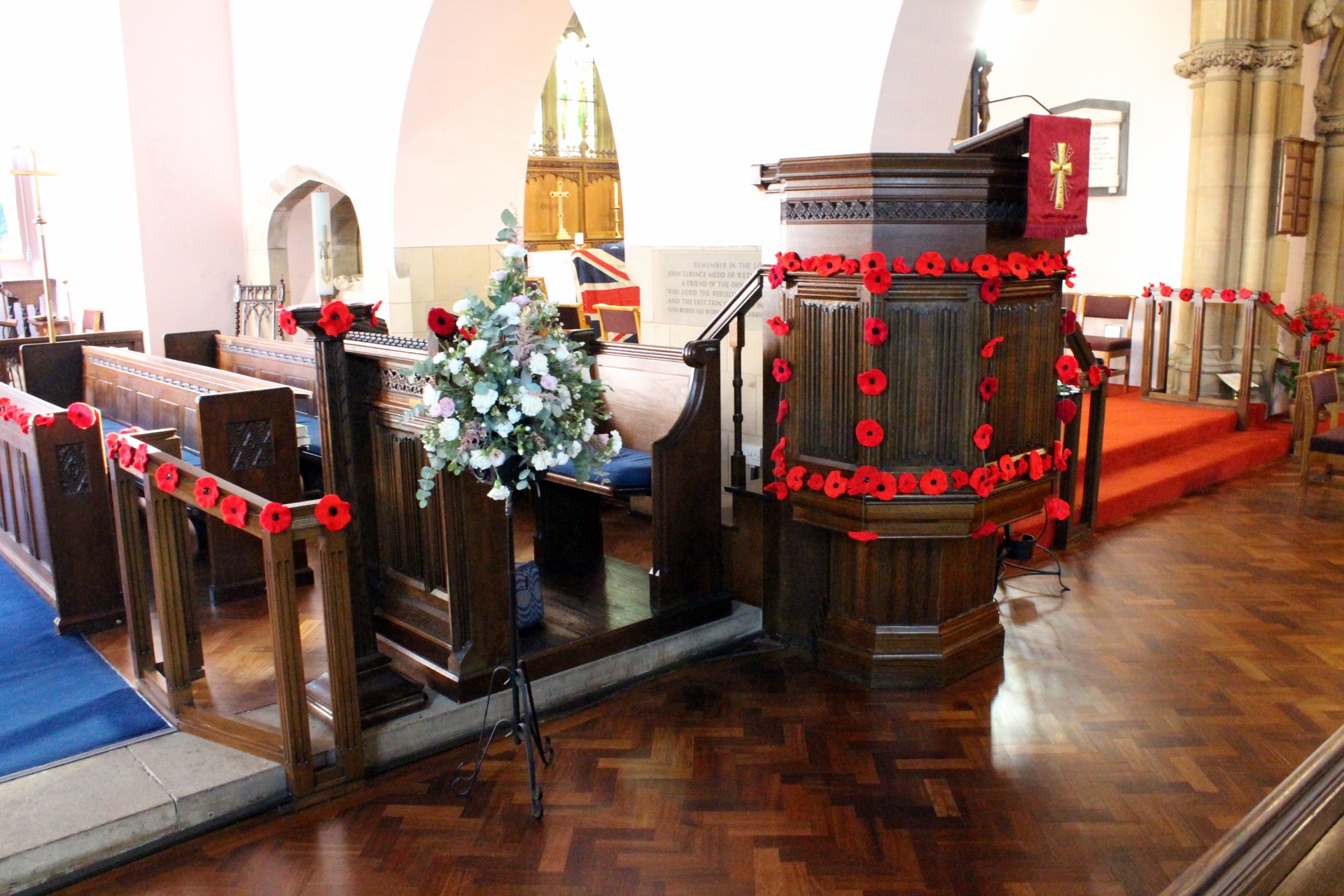
There is said to be evidence to show that there has been a chapel or church on the site of St Mary’s Acklam for over a thousand years. The first reference to ACLUN is found in the Doomsday Book with a mention of 'a church and a priest'.
In 1853 it was renamed West Acklam to avoid confusing it with Acklam in the 'East Riding' but it was not until 1866 that the Parish of West Acklam was formed and the Rev E.G. Charlesworth became the first vicar.
The 1874 church only seated 135, with the rapid growth of the modern town of Middlesbrough and the new housing estates being built nearby prior to the Second World War, the little church soon became inadequate and more seating was required. A large extension to the North side of the 1874 church building was added, though still retaining the nave and chancel of the older church as the Bede chapel, the foundation stone being laid on 4th July 1956. The completed church was consecrated on 19th October 1957 by the then Archbishop of York, Dr Michael Ramsey. St Mary's could then cater for a seated congregation of 400.
For further information, please see a book written by the Vicar at the time of the 1957 extension Rev’d John L. Badger.
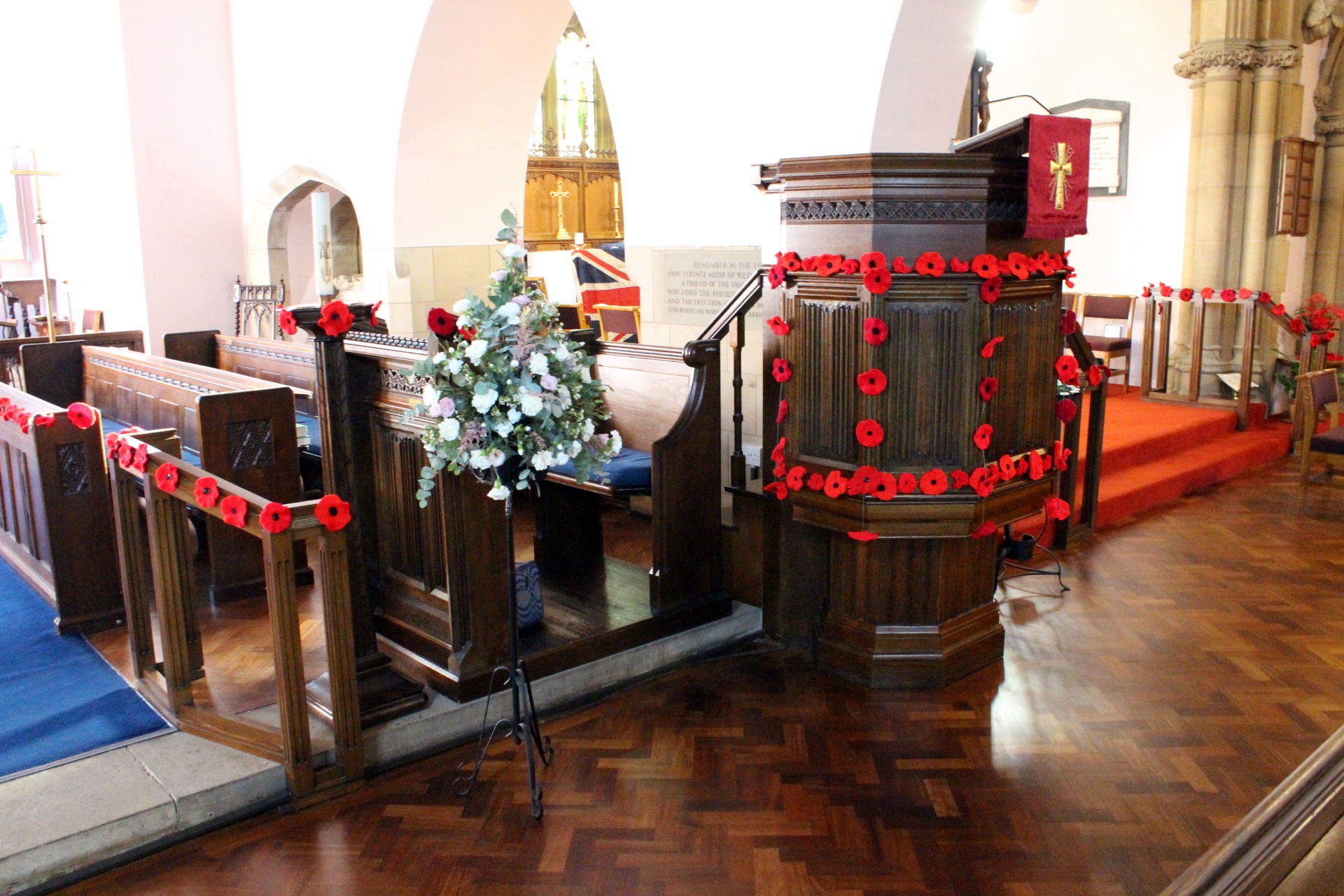
Contacts

![]()


![]()
address
Donations
If you would wish to support St Mary's financially then please use the below QR code which will give options on amounts you might want to give. The money donated will be used to help keep the roof over our heads and further the work of the church.
Thank you very much from the 'Parish Church Council'.

 Text Link
Text Link